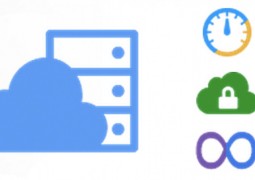Secure and Accelerate Your Site With CloudFlare
by 9 July, 2011 7:30 am3
One of the major concerns bloggers have is how to increase site speed and optimize their blog’s load time. When it comes to a blog with enormous amount of traffic, it is difficult for the server to handle the load and thus causes the server to slow down or causes downtime. Sometimes your blog could face some security issues which may lead to hacking or website attacks.
For optimal site performance, it is always recommended to use a CDN (Content Delivery Network) to host some of your blogs static content such as Style sheets (CSS), Images and JavaScript files. These core files are the ones that will slow down the server and your websites loading speed. Hosting these files on a CDN consistently reduces the server load and the physical distance between the user and your content.
Hows Does CDN Increase Site Speed?
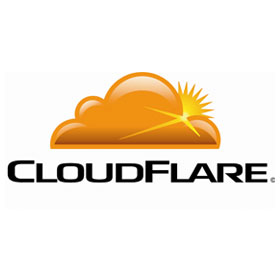 CDN is collection of servers that are distributed across many locations in the world to deliver content faster and more efficiently to your visitors. Depending on the visitors locations, CDN selects the server that is nearest to the location and loads the content from that server.
CDN is collection of servers that are distributed across many locations in the world to deliver content faster and more efficiently to your visitors. Depending on the visitors locations, CDN selects the server that is nearest to the location and loads the content from that server.
CloudFlare is one such solution that ensures to load your website faster and reduces requests and bandwidth. It also prevents spam bots and website attacks with their flawless security tool. CloudFlare protects and accelerates any website online. Once your website is a part of the CloudFlare community, its web traffic is routed through our intelligent global network. We automatically optimize the delivery of your web pages so your visitors get the fastest page load times and best performance.
Create Account to Increase Site Speed with CloudFlare
CloudFlare comes with 3 types of accounts. Free, Pro ($20) and Enterprise (custom price).

CloudFlare promises to create your account in seconds and takes just 5 minutes to supercharge your website. All it needs is your email address, a username, password and the plan type you want to take. Once you entered the required fields, click the sign up button.
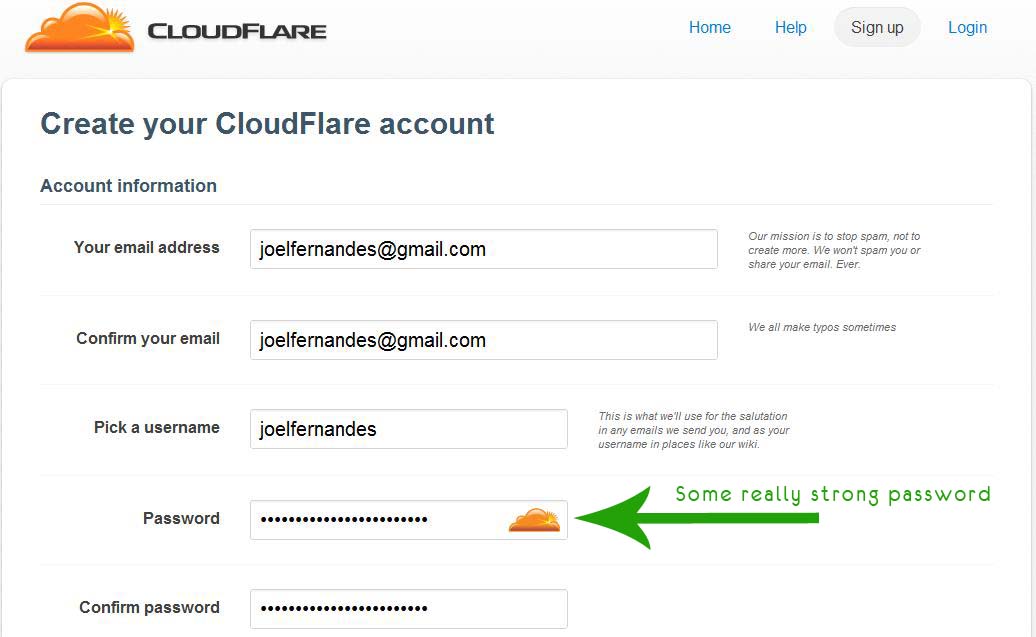
In the next page, you need to add your domain name to enable CloudFlare for your website. Enter your domain name and click ‘Add this domain’.

In the next page, CloudFlare will go through your current DNS records and attempt to copy these to a CloudFlare infrastructure. The process may take up to 60 seconds. The identified DNS records will be displayed to you in the next step.
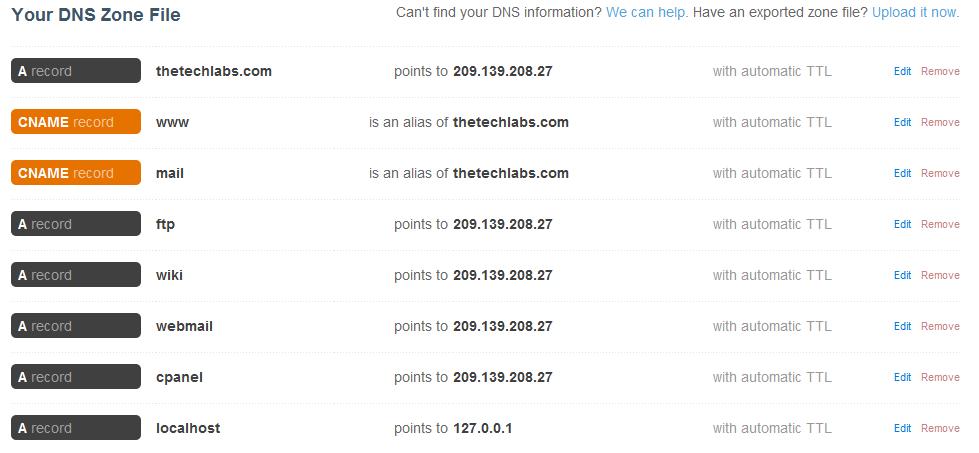
You may wish to keep, delete or add additional DNS records to ensure that they are the same as the current settings. After you have verified/edited your DNS records, scroll down and click on “I’m done checking my DNS records, continue” to proceed further.
Now CloudFlare has copied your websites DNS records to its infrastructure. You will be displayed a final list of your DNS records.
In the next step, you need to update the name servers of your domain to point to CloudFlare. To do so, login to your domain registrar account and go to Domain Settings. Remove the existing name servers and add the new name servers provided by CloudFlare. It takes not more than 24 hours to update your domain’s name servers. This depends on your domain registrar.

Once the name servers are propagated, your site will be loaded through CloudFlare. You can now view how much bandwidth and requests were saved by CloudFlare. Additionally, you can also get detailed visitors stats of your websites using Google Analytics within your CloudFlare account.
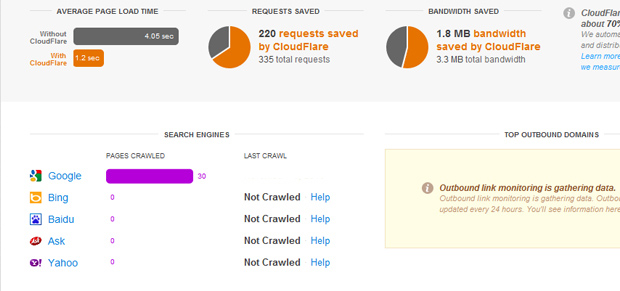
Conclusion: Increase Site Speed With CloudFlare
CloudFlare has been recommend by most webmasters. It efficiently improves site loads and requests. CloudFlare is best recommend for low budget websites. It certainly helps small scale websites load quickly and ensure maximum up time and save some bucks! An average website will load 30% faster making 60% lesser requests to your origin server. It not only does increase site speed, but also protects from threats and spam bots as well.



















